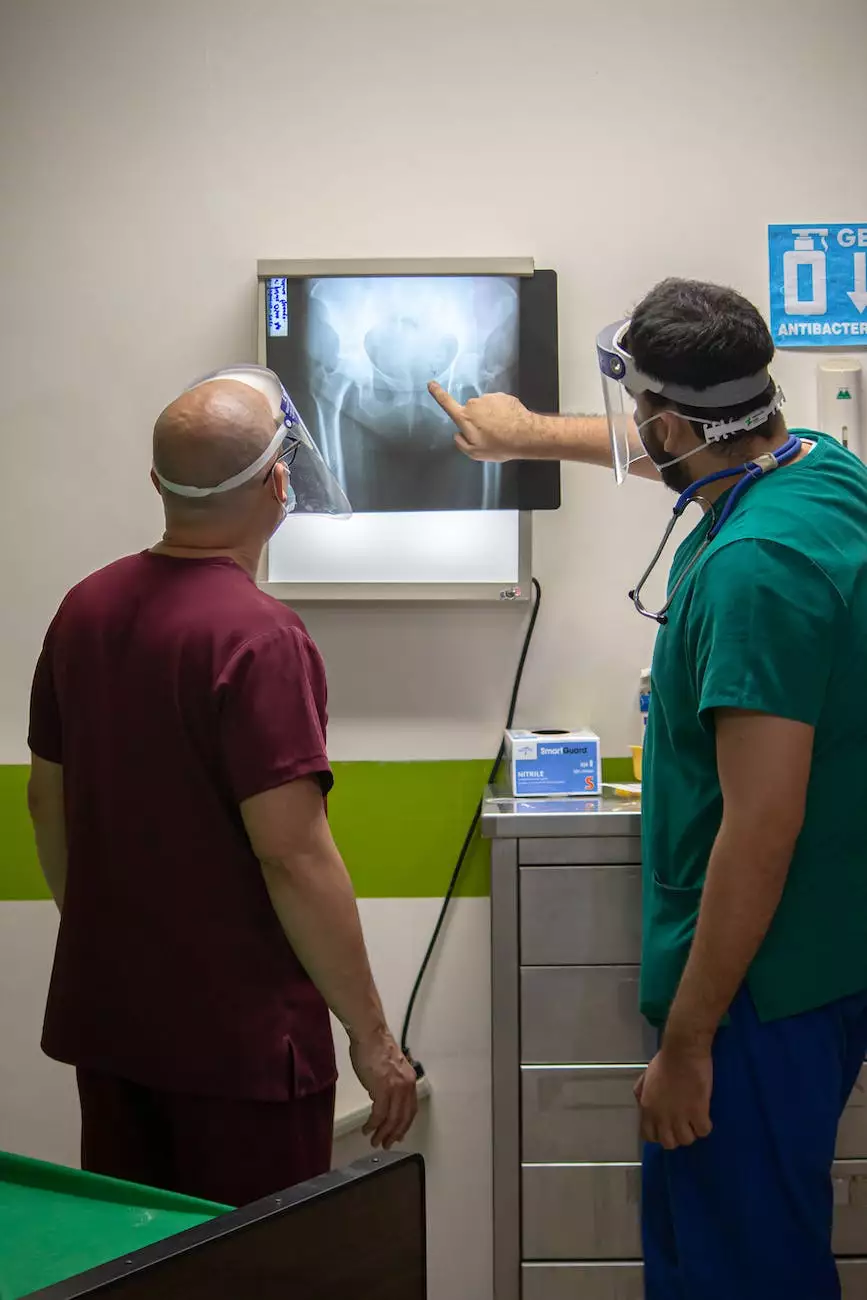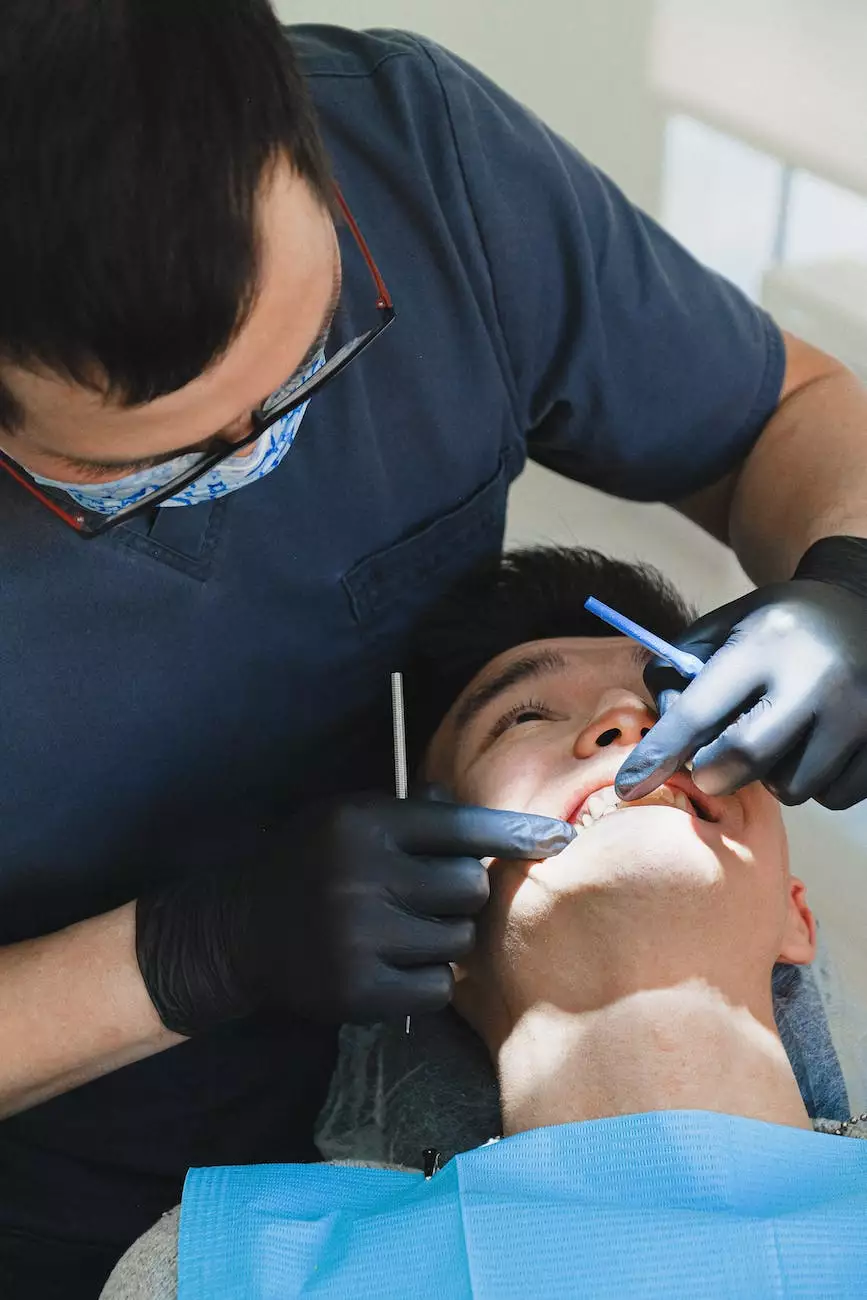Microtia - A Comprehensive Guide

Introduction
Welcome to Foley James D MD, your trusted source for information on microtia. In this comprehensive guide, we will explore the various aspects of microtia, including its causes, symptoms, diagnosis, and treatment options. Our aim is to provide you with detailed information that can help you better understand this congenital deformity of the outer ear.
Understanding Microtia
Microtia is a condition characterized by a malformed or underdeveloped outer ear. It is usually present at birth and can affect one or both ears. This rare condition occurs when the external ear fails to develop properly during fetal development. The severity of microtia can vary from mild deformities to a complete absence of the external ear.
Causes of Microtia
The exact cause of microtia is not yet fully understood. However, several factors have been identified as potential contributors to its development. Genetic factors, environmental exposures, and certain syndromes are known to increase the risk of microtia. Further research is still ongoing to uncover more insights into the precise mechanisms behind this condition.
Symptoms of Microtia
The primary symptom of microtia is the visible malformation of the outer ear. The degree of malformation can vary, and it may range from a smaller ear with minor structural abnormalities to a complete absence of the ear. Other associated symptoms may include hearing loss on the affected side and related complications.
Diagnosis
Diagnosing microtia usually involves a physical examination by a qualified medical professional. Additional tests, such as audiological evaluations and imaging studies, may also be conducted to assess the individual's hearing abilities and the internal anatomy of the ear. A thorough evaluation is necessary to determine the best course of action for each specific case.
Treatment Options
The treatment approach for microtia depends on various factors, including the severity of the condition, age of the patient, and individual preferences. Some treatment options include:
- Reconstructive Surgery: Surgical reconstruction of the external ear is a common treatment option for microtia. The procedure aims to recreate a natural-appearing ear using various techniques and materials.
- Hearing Aids and Assistive Devices: Depending on the extent of hearing loss associated with microtia, hearing aids or other assistive devices may be recommended to improve auditory abilities.
- Counseling and Support: Psychosocial support and counseling services can play a crucial role in helping individuals and their families cope with the challenges and emotional impact of microtia.
Conclusion
Microtia is a complex condition that requires a comprehensive understanding to provide optimal care and support. At Foley James D MD, we are committed to empowering our patients and their families with valuable information on microtia. Through early detection, accurate diagnosis, and appropriate treatment, we can make a positive impact on the lives of individuals affected by this condition. If you have any further questions or concerns, please do not hesitate to reach out to our dedicated team.









